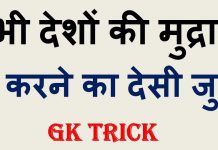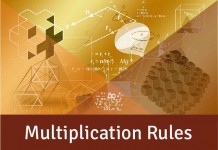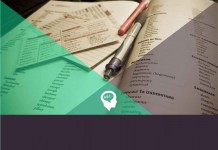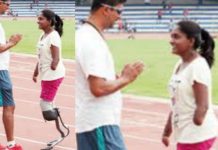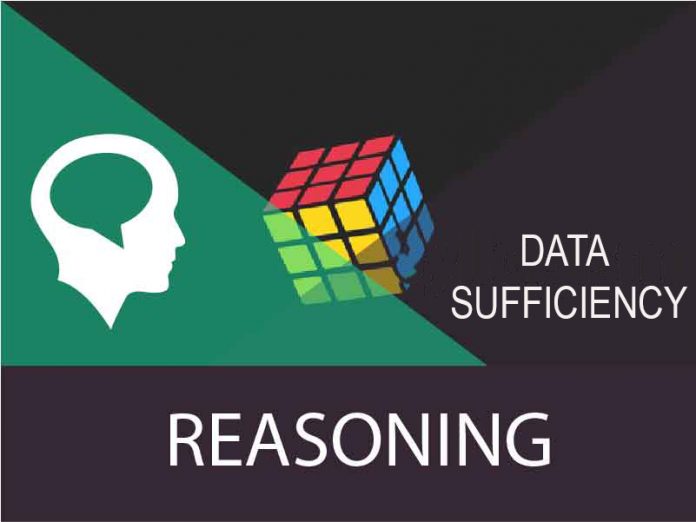Data Sufficiency Set-9
Data Sufficiency Questions are very important in every competitive examination. You can easily find a set of such questions in every examination.
Directions (Q.1-5): Each of the questions below consists of a question and two statements numbered I and II are given below it. You have to decide whether the data provided in the statements are sufficient to answer the question. Read both the statements and give answer
(a) If the data in statement I alone are sufficient to answer the question, while the data in statement II alone are not sufficient to answer the question.
(b) If the data in statement II alone are sufficient to answer the question, while the data in statement I alone are not sufficient to answer the question.
(c) If the data either in statement I alone or in statement II alone are sufficient to answer the question.
(d) If the data in both the statements I and II together are not sufficient to answer the question.
(e) If the data in both the statements I and II together are necessary to answer the question.
1. How is ‘never’ written in a code language?
I. ‘never ever go there’ is written as ‘na ja ni ho’ in that code language.
II. ‘go there and come back’ is written as ‘ma ho sa ni da’ in that code language.
2. Among M, P, K, J, T and W, who is lighter than only the heaviest?
I. P is heavier than M and T.
II. W is heavier than P but lighter than J who is not the heaviest.
3. What does ‘$’ mean in a code language?
I. ‘5 $ # 3’ means ‘flowers are really good’.
II. ‘7 # 3 5’ means ‘good flowers are available’.
4. How is P related to J?
I. M is the brother of P and T is the sister of P.
II. P’s mother is married to J’s husband who has one son and two daughters.
5. How many students are there between Suresh and Mohan in a row of fifty students?
I. Suresh is twelfth from the left end and Mohan is seventeenth from the right end.
II. Suresh is six places away from Jayesh, who is twentieth from the left end.
Answer:
- D 2. E 3. E 4. E 5. A

